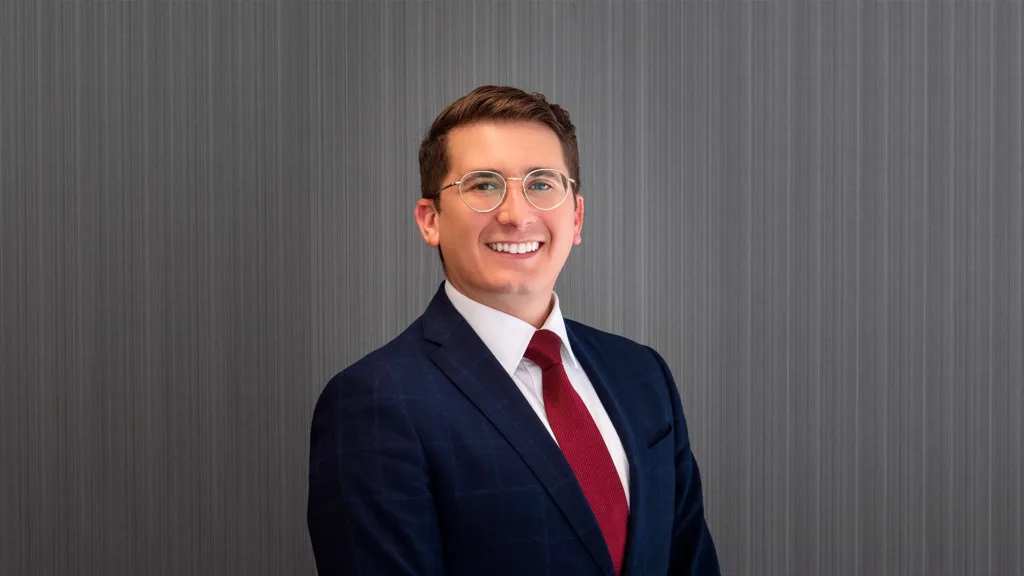“What I enjoy about this field is that these patients’ needs are extremely challenging,” says Dr. Robert Taylor Ripley. “They have big problems and need somebody to really be an advocate for them.”
With his mind firmly set on cardiothoracic surgery, it was an unexpected change of course when Ripley decided to do a fellowship at the National Cancer Institute. Over two decades later, he’s now a thoracic surgeon and director of the Mesothelioma Treatment Center at Baylor St. Luke’s Medical Center. Ripley is also an associate professor of surgery in the Division of General Thoracic Surgery at the Baylor College of Medicine.
Ripley specializes in treating patients who have been diagnosed with mesothelioma, lung cancer, and esophageal cancer, among other diseases. Mesothelioma is a cancer that develops in the tissue that lines the lungs, stomach, heart and other organs. It is caused by asbestos exposure. Although mesothelioma can be classified as one of three main types, pleural, peritoneal, and pericardial–pleural mesothelioma is most common, according to the Mesothelioma Applied Research Foundation.
Approximately 3,000 people receive a life-changing mesothelioma diagnosis annually, making the disease one of the rarest. With fewer treatment options available for mesothelioma patients in comparison to other cancers, treatment requires extensive knowledge and a multimodal approach. It’s a challenge Ripley embraces. “It requires a super broad mind about any type of treatments that are available,” he says. “Between taking care of patients with this complicated disease, multiple potential treatment options and challenging surgical procedures, it’s the combination of those things that keeps me interested in both the patient and the disease.”
The multidisciplinary team Ripley leads at the Mesothelioma Treatment Center at Baylor St. Luke’s Medical Center is world renowned, making it a hub for cutting edge diagnoses, treatment and research of malignant mesothelioma. The team includes a host of surgeons, oncologists, radiologists, pathologists, and intensivists, curated to help provide mesothelioma patients with the best possible care.
When patients arrive seeking a diagnosis and treatment, Ripley takes them through a three-phase process that includes an evaluation and a treatment plan and survivorship plan. Treatment options can include chemotherapy, radiation, extensive surgeries, or a combination of the three. With a median survival rate of just 12 months after diagnosis, Ripley’s focus on each phase of the process is crucial to giving patients as much time as he can. “That process between having surgery, recovering from surgery, starting chemo, receiving a certain number of cycles, and then recovery from that, tends to be a six to ten-month process,” he shares. “Patients treat this process like warriors. They’re getting through every day, fighting for it.”
When surgery is an option for his patients, Ripley usually performs a pleurectomy/decortication. During the procedure, Ripley removes the lung’s pleural lining (also known as the pleura) along with all visible tumor masses. The affected lung is left in place, and this is often considered a lung-sparing surgical option. The more aggressive surgical option, an extrapleural pneumonectomy, involves completely removing the affected lung and potentially a portion of the diaphragm.
“With meso patients, the goal of surgery is to attain a complete macroscopic resection,” Ripley states. “[Both procedures] have never been compared head to head, but long-term, it looks like patients do just as well with either one. Short-term, the pleurectomy/decortication has a low mortality, about two and half times lower.”
The latency period for mesothelioma is quite long, with the average age at diagnosis being 70 years old. Symptoms usually do not appear until 25 to 50 years after asbestos exposure occurs. As a result of late-stage detection, some treatment options become less viable. With mesothelioma being one of the least funded cancers at the federal level, in terms of research, healthcare professionals like Ripley remain committed to taking advantage of all treatment options to help patients beat the disease.
Education about the dangers of asbestos exposure can help dispel misconceptions and misinformation. “I think one common misconception about mesothelioma is that it is a disappearing disease,” Ripley mentions. “Asbestos remains relatively ubiquitous in our environment. It’s in multiple products and multiple construction materials.” Although the United States began enforcing regulations limiting the use of asbestos in the 1970s, the toxic substance is still present in millions of homes and public buildings predating these regulations. Children, teens, and adults are still exposed to asbestos today.
Despite an uphill battle, Ripley and his team are focused and optimistic about the future of mesothelioma research and treatment. He supports his patients as much as possible and encourages them to take care of themselves outside of weekly visits to his office. “We recommend that patients maintain physical activity and care for themselves,” Ripley advises. “Despite the diagnosis and despite treatment, continue to exercise and maintain nutrition. Those things alone will increase well-being and help to extend life.”



